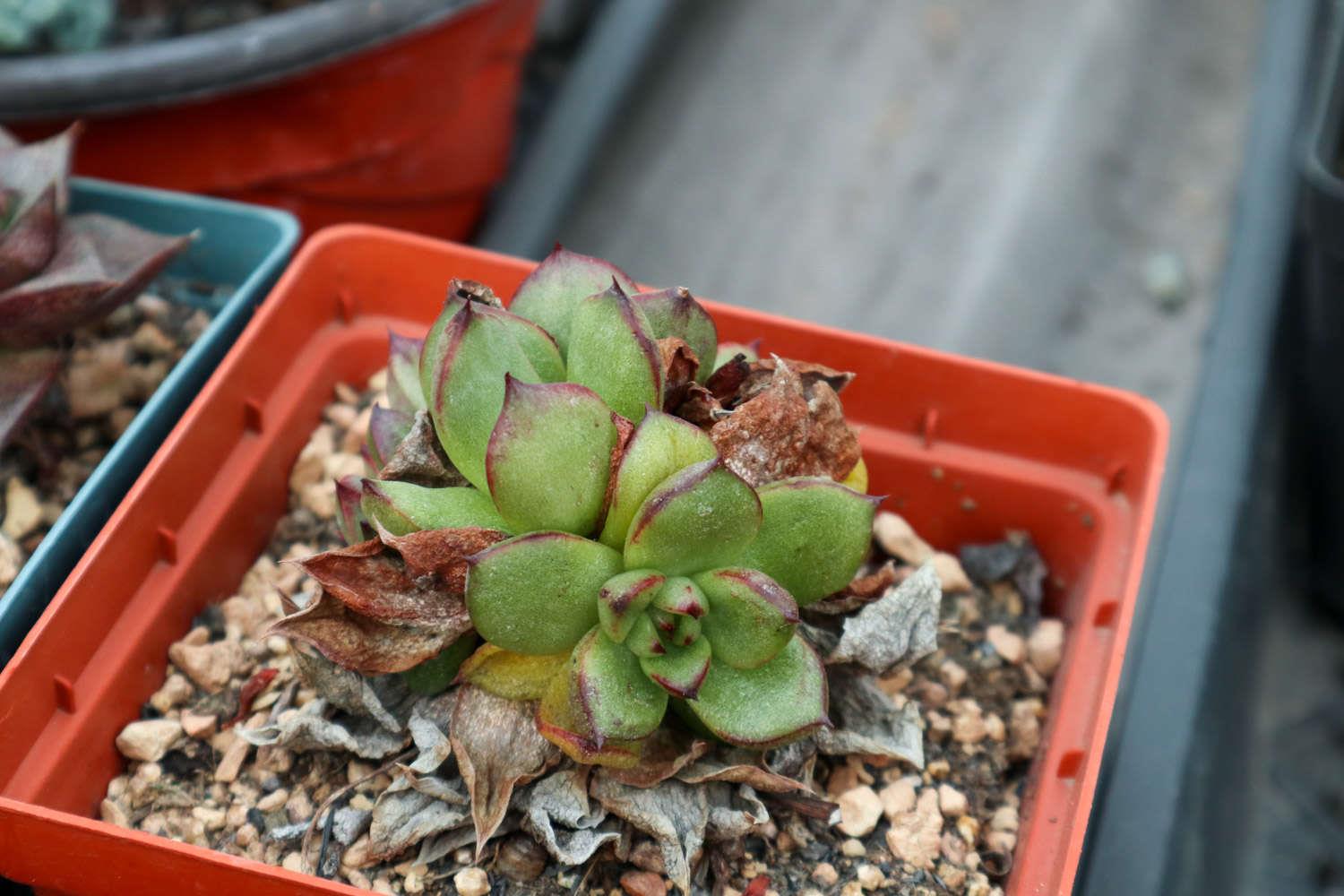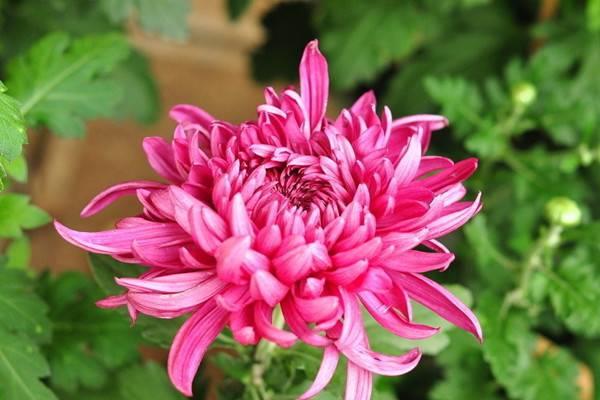How to grow roots of succulents
Last Update :2024.11.06
Article Catalog
1. How to slow down the roots of rootless succulents
2. How to slow down the roots of rooted succulents
3. What to do if the succulents that have slow roots become shriveled and wrinkled?
4. What to do if the leaves become wrinkled and dry during the root slowing process
5. What to do if black rot or dehydration occurs during root slowing process
No roots: If it is in the dormant period, use the water-induced rooting method. In winter, put a transparent plastic bag on the pot to increase the temperature and humidity. Rooted: prun the roots first and then dry them for a while before planting. When mixing the soil, mix in a little rooting powder and carbendazim. Replenish moisture in time to prevent the meat from drying out and increase the air humidity and temperature.

1. How to slow down the roots of rootless succulents
1. How to slow down the roots of rootless succulents
When many merchants sell succulents, in order to prevent the succulents from turning into water on the way, they sometimes cut off the roots of the succulents before shipping them. After the rootless succulents arrive home, if they are in the dormant period, use water to induce rooting. This method is simple and quick, and will basically not cause the flesh to rot.

The roots also grow quickly ~ like in winter , you can also put a transparent plastic bag on the pot to create a small greenhouse environment to increase the temperature and humidity, which can also promote the rapid rooting of succulent plants.
2. How to slow down the roots of rooted succulents
There are several situations to slow down the roots of rooted succulents. If the delivery time is too long, it is recommended to repair the roots first. Then let it dry for a while before planting, because the long journey will cause the roots of the flesh to lose water and dry up. At this time, if you plant directly into the soil, it will easily turn black and rot the water.
If you are worried about insecurity, you can also mix a little rooting powder and carbendazim when mixing the soil to avoid infection and accelerate rooting. For succulents purchased directly from greenhouses or flower markets, this step can be omitted.

3. Why do succulent plants that have slow roots become shriveled and wrinkled? Do
Succulent plants that have slow roots and are wrinkled are usually caused by extreme water shortage. We should try our best to dry the pot soil and water it thoroughly without accumulating water. During the dormant period, You can water less along the wall of the pot, so as not to keep the meat in a state of extreme drought.
As for fleshy plants such as Antler Begonia and Jasper Lotus, the air humidity needs to be increased. In seasons when the air is relatively dry, you can choose to spray a small amount of water at night or put a transparent plastic bag on them to smother them until they are ready. Remove after fullness is restored.

4. During the process of slow rooting, the leaves become wrinkled and dry. What to do
Generally, succulent plants with no roots or relatively small root systems will not absorb water during the slow potting process, so the leaves will become wrinkled. This is a normal phenomenon because the roots absorb water. Without water and insufficient air humidity, the leaves at the bottom will slowly wrinkle and dry up. They will return to their full state after new roots grow and can absorb water.
However, if the flesh does not have slow roots for a long time and is exposed to too much sunlight, the entire plant may become dry and wrinkled, so attention should be paid to this. If it is only caused by lack of water, it is best to replenish water in time, then put it in a semi-shady place for maintenance, and wait for the plant to return to fullness before normal maintenance. Of course, you also need to consider whether it is insect infestation or disease.

5. Black rot or dehydration occurs during the root slowing process What to do
Under normal circumstances, during the process of slowing down the roots, the possibility of the flesh turning into water is very small, which is often the case with rooted flesh. If the underlying leaves are black rot, cut off the diseased leaves in time, and be sure to cut them cleanly! Then apply chlorothalonil on the wound. If it has rotted to the core of the leaf and is basically unable to recover, it is recommended to deal with the dead meat as soon as possible, then replace the potting soil, and do not continue to use it.
2. How to slow down the roots of rooted succulents
3. What to do if the succulents that have slow roots become shriveled and wrinkled?
4. What to do if the leaves become wrinkled and dry during the root slowing process
5. What to do if black rot or dehydration occurs during root slowing process
- END -
How to cultivate Lucky Fruit and precautions

You must want to raise a more festive-looking plant at home, right? Especially dur...
Why don't my chrysanthemums bloom? The answers are all here!

Speaking of flowers related to autumn, I am afraid that the first thing that every...